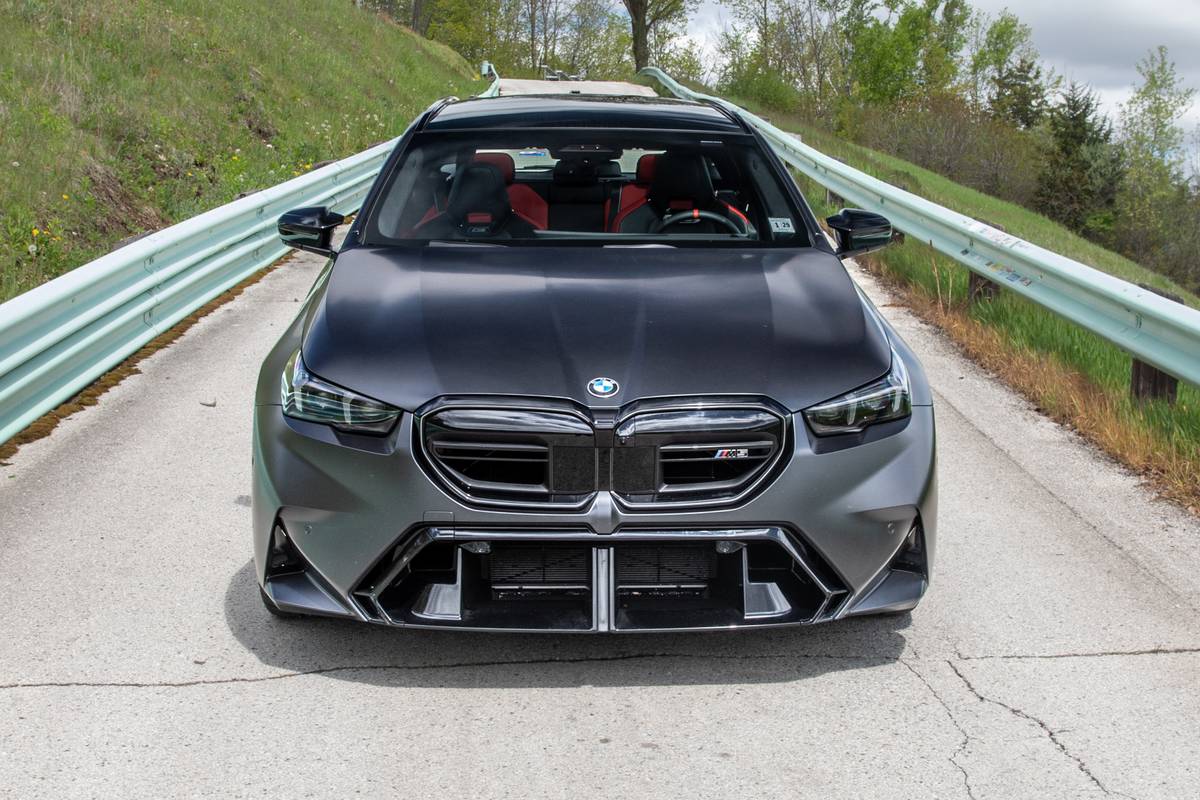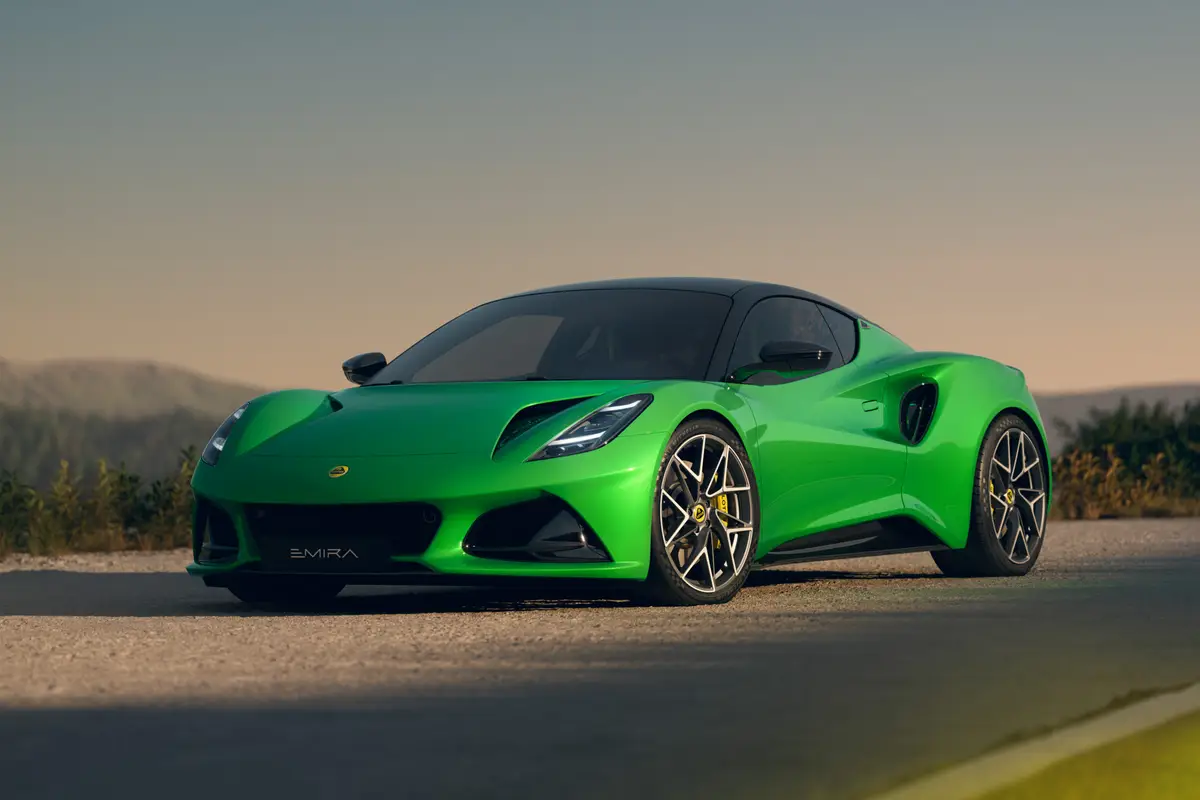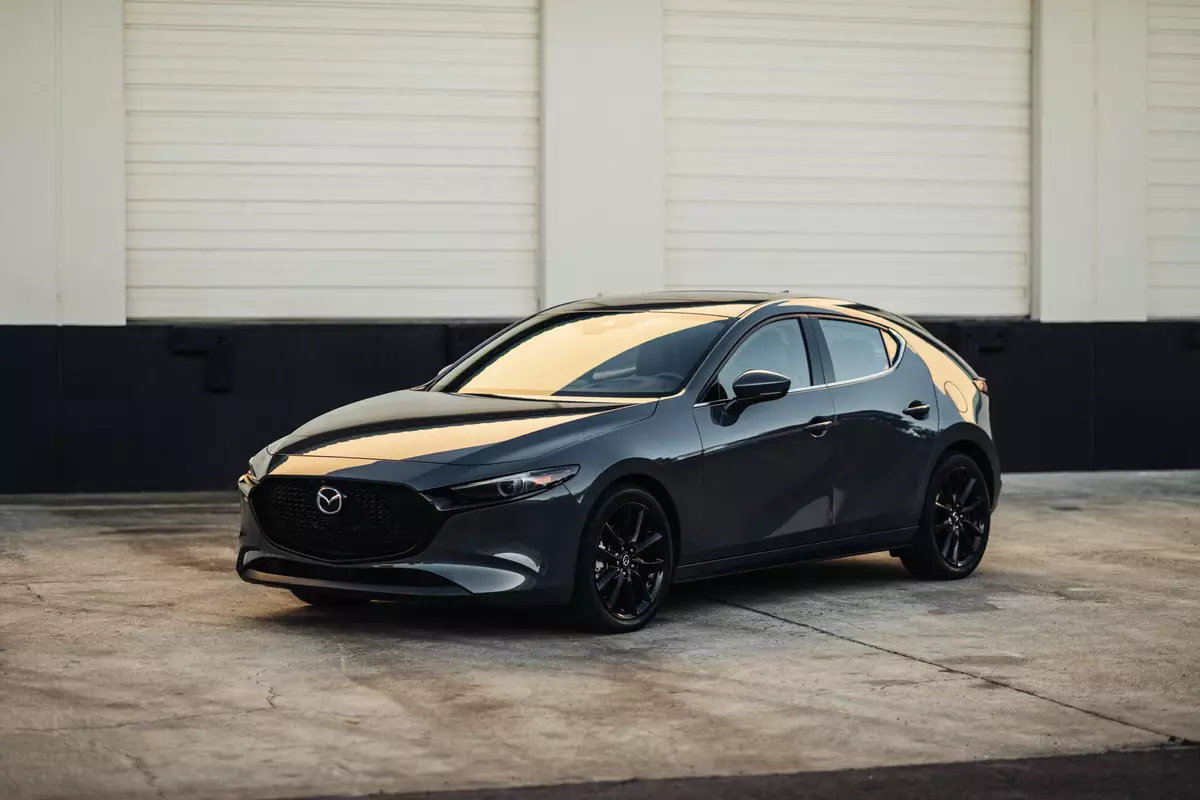washingtonpost.com's view
The ugliness is diminished. What remains is necessary. It speaks to the ethic of the Subaru Impreza WRX STI, a performance car born in the late 1980s on the rough, dusty roads of the FIA World Rally Championship.
Appearance did not matter in those contests in which the WRX STI — World Rally X (for cross-country, four-wheel-drive) STI (Subaru Tecnica International) — competed admirably.
Ugliness was a part of the car’s culture. A sonic blue exterior of adolescent linearity outfitted with a functional, hood-mounted air scoop and a soaring rear air spoiler was a part of that ugliness. Ditto the car’s more-spare-than-thou, ergonomically distressing interior.
The whole aesthetic mess of the WRX STI primarily appealed to young, single men more concerned about fast cars and driving fast than they were about anything else in life.
Thus, when the WRX STI came to the United States in 2003, it arrived ugly — destined by its appearance, coupled with a list price of nearly $31,000, to be a niche mobile.
But the trouble with niches is that consumers grow out of them. Today’s single, hot-rodder male is tomorrow’s married father of two. Demography changes in tandem with psychology. The need for speed is supplanted by the need to feed, clothe, house and transport a family of four. Commonweal practicality trumps the impracticality and expense of self-centered toys.
And so we have the 2008 WRX STI, more aesthetically pleasing inside and out and certainly more practical than its predecessor. It has five doors and seats five people. It can carry the family’s groceries and haul weekend racing gear and tools. It is all grown up. But it desperately is trying not to grow old.
In terms of Subaru’s marketing message for the car, there is danger in transformation. Read the 2008 WRX STI’s literature, which is an unabashed appeal to the expenditure of testosterone. Young men are urged to join “the brotherhood . . . the fraternity of the STI.” They are asked to make a pledge, to take a stand in defense of high-performance, high-speed, off-road driving. Women in the 2008 WRX STI advertisements usually are seen in the front passenger’s seat, visibly impressed by and cheering on their guy behind the wheel.
The pitch is understandable. But it runs headlong into a current market reality. Women, such as my associate Ria Manglapus, account for nearly 45 percent of all direct retail vehicle sales in the United States. That means they are the primary purchasers of cars and trucks in those instances, usually unaccompanied by men.
Look at another statistic supported by the National Automobile Dealers Association and other automotive industry groups: Women influence 85 percent of all new vehicle sales in the country. That means if the woman of the house does not want a WRX STI in her driveway or on the household’s bank account, it won’t be there — no matter how much the man of the house desires it.
Aware of all of this, Subaru has made some risky changes to the WRX STI — softening its sharp exterior edges, plush-touching its interior, downplaying the shape of the hood air scoop and trimming its sail in the rear. The new car comes with many amenities, including a premium sound system and optional onboard navigation.
Will single, young male driving enthusiasts like it enough to buy it? Subaru hopes so. In pursuit of that consumer target, the company has packed the U.S. version of the WRX STI with more muscle than its 2007 predecessor — a 305-horsepower, 2.5-liter, turbocharged, boxer four-cylinder engine for the 2008 car compared with a similar 293-horsepower engine in the 2007 automobile. Torque, the twisting power sent to the WRX STI’s asymmetrical all-wheel-drive system, remains the same at 290 foot-pounds.
The Japanese version of the WRX STI comes with a 2.0-liter, turbocharged, boxer four-cylinder primarily to remain race-legal within the rules of the World Rally Championship.
But both the U.S. and Japanese models are road-scorchers. The U.S. version, for example, can move from 0 to 60 mph in 4.8 seconds, substantially faster than I or Ria tried to drive it, although we did have borderline-legal fun with the car.
In the end, though, we both left the WRX STI with the same questions: Is its styling now too soft to appeal to hard-core driving enthusiasts? Is its road performance too hard to attract the mainstream motorists Subaru is pursuing now?
Our actions spoke louder than our words. We both abandoned the sometimes-jarring ride of the WRX STI the moment more comfortable, more luxurious vehicles — the splendidly crafted Audi A6 Avant and the plush Porsche Cayenne — became available.
Latest news



